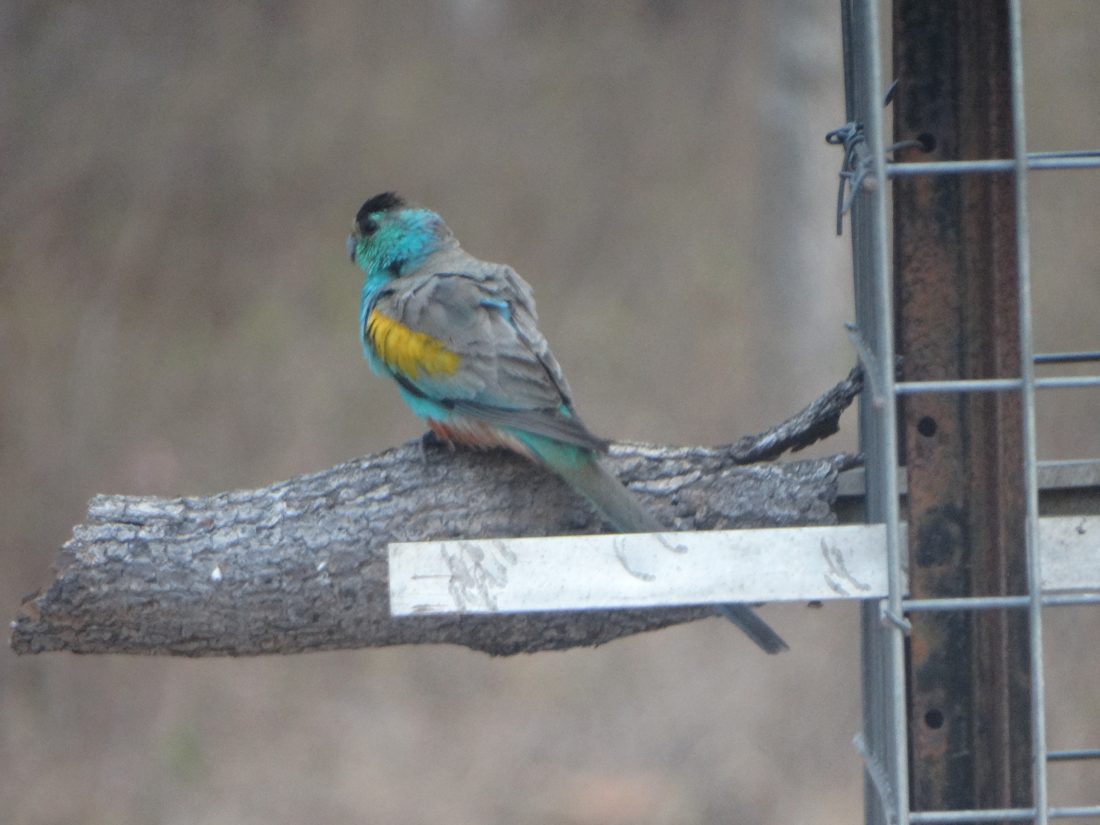The fight to save the Golden-shouldered Parrot
In 1922, Cyril Jerrard captured the first and only photographs of the Paradise Parrot, the only Australian bird to be officially declared extinct since European colonisation. Jerrard was well aware he was looking at one of the last of its kind: “The one undisguisable fact [is] that the advent of the white man has spelled destruction to one of the loveliest of the native birds of this country,” he wrote in 1924.
The last accepted sighting of a Paradise Parrot – also by Jerrard – was in 1927, near Gayndah in the Burnett River district of southern Queensland.
Nearly a century later, in the fading light of dusk, I’m standing 20 metres from a bird feeder, clicking away in vain as a pair of Golden-shouldered Parrots, the Paradise Parrot’s closest surviving relative, accept a handout at Artemis Station, a cattle property on Cape York Peninsula in the state’s far north. My images are rubbish, but while I’m watching, I have an eerie sense of how Jerrard might have felt.

Almost exactly 10 years ago, I watched a flock of 50 Golden-shouldered Parrots beside the Cape Developmental Road at Windmill Creek, near the northern boundary of Artemis.… Read more..
The fight to save the Golden-shouldered Parrot Read More »